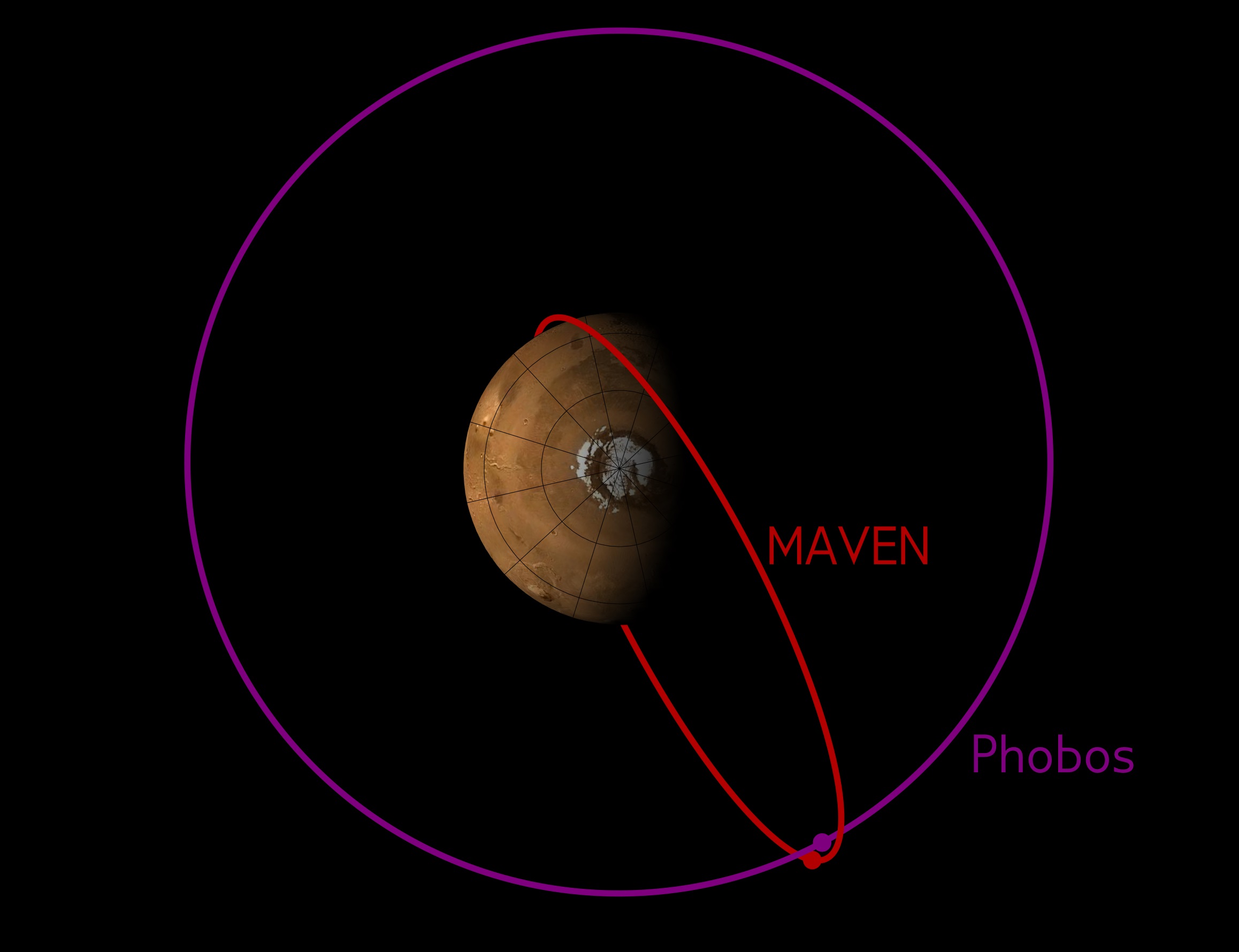
NASA’s MAVEN spacecraft has found signs of layers and rifts in the Martian atmosphere
NASA
Earth’s upper atmosphere has strange dense layers of ions that are constantly appearing and disappearing and which can hamper radio communication. Now, the same thing has now been found on Mars, offering a new chance to crack understand this poorly studied phenomenon.
The ionosphere is the layer of the atmosphere about 60 to 1000 kilometres up that is full of charged particles. When those particles are temporarily blown into clumps by the wind, they form what researchers call sporadic E layers in the lower reaches of the ionosphere.
“They act like a mirror in the sky, and radio signals bounce off of them,” says Glyn Collinson at NASA’s Goddard Space Flight Center in Maryland. “When you turn on your favourite radio station and it’s jammed by another station, you have probably been the victim of a sporadic E layer.”
They don’t just interfere with commercial radio stations, though – they can also block radar signals that are used to detect aircraft and ballistic missiles, he says.
E layers are difficult to study on Earth, because they appear and disappear unpredictably and they are at an altitude that is too high for aircraft to reach and too low for satellite orbits. But Collinson and his colleagues have spotted them in the Martian atmosphere for the first time, where they might be far easier to study.
The team found signs of 34 E layers in data from NASA’s Mars Atmosphere and Volatile Evolution (MAVEN) spacecraft. The layers form higher in the Martian atmosphere, so MAVEN is flying right through them and they are probably too high to interfere with any future radio communications on the ground, Collinson says.










